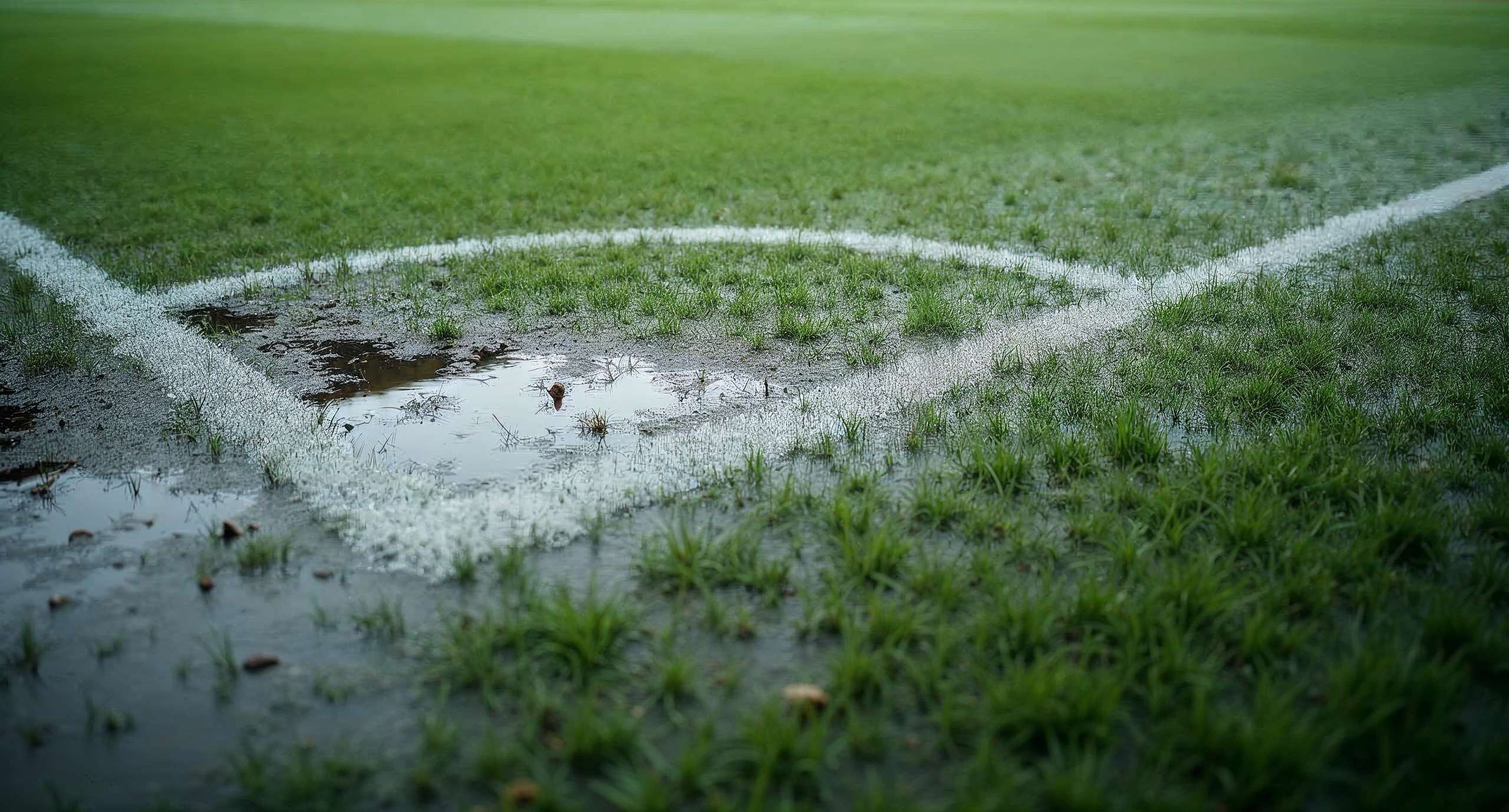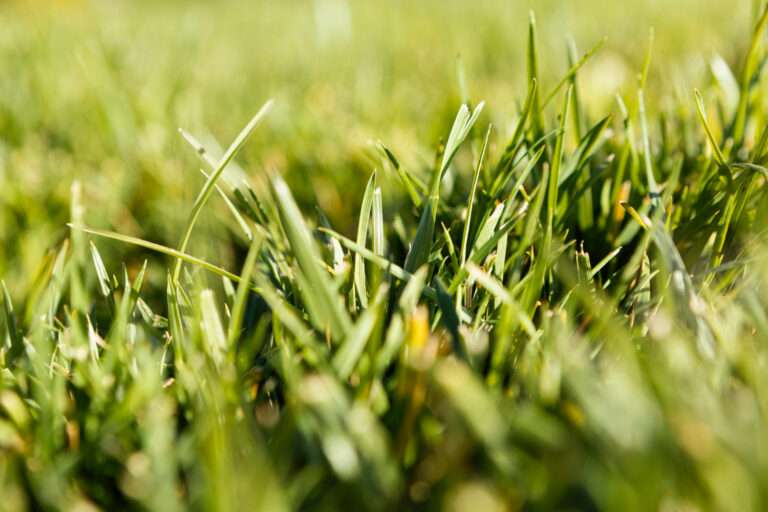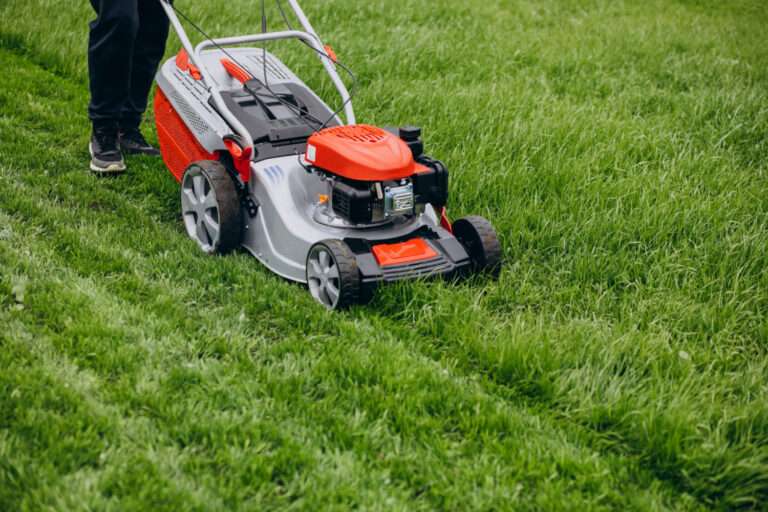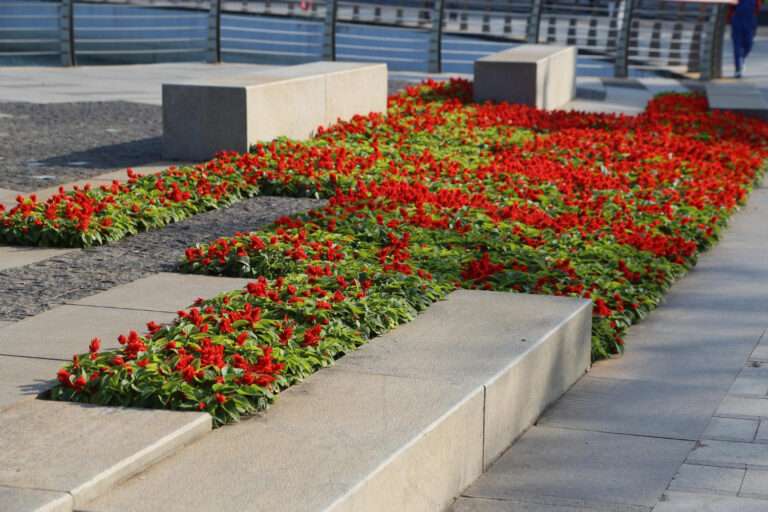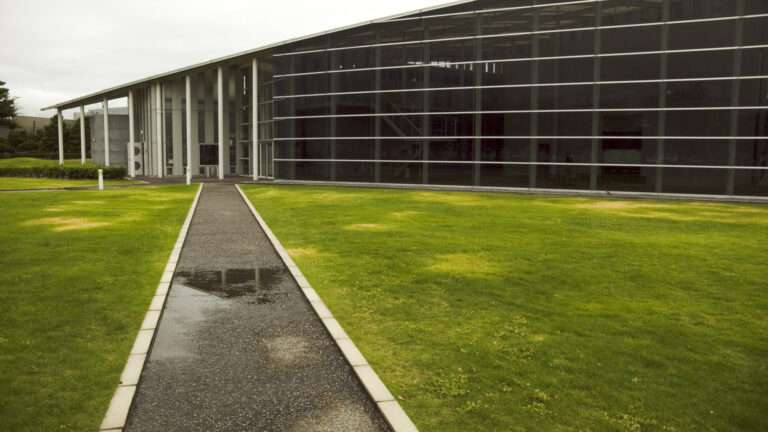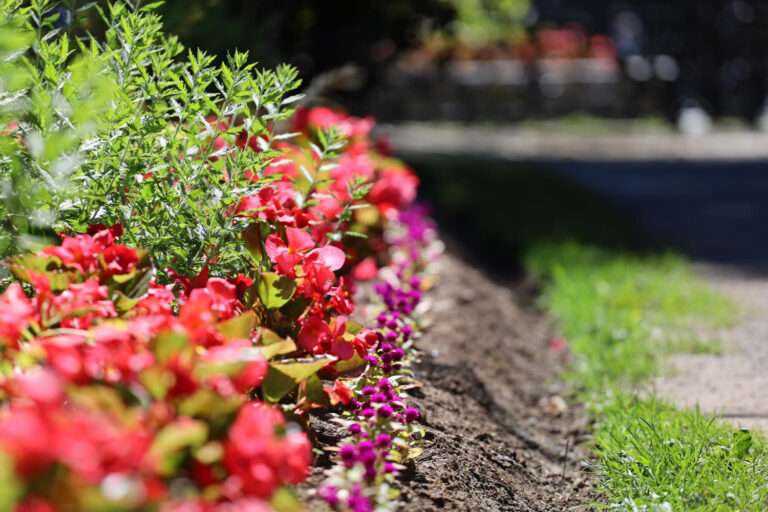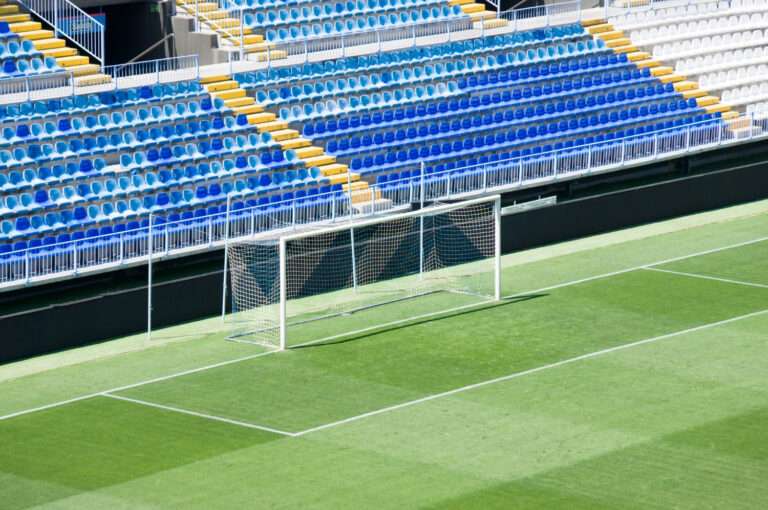Drainage Solutions for Sports Fields
Keeping Your Pitch Playable in All Conditions
No matter the level of sport, a waterlogged pitch is more than just an inconvenience – it’s a hazard, a financial burden, and a potential cause of cancellations, lost income, and frustrated users. That’s why drainage is the unsung hero of sports field design and maintenance.
In this blog, we explore the importance of effective drainage systems for sports fields, the types available, how to maintain them, and the long-term benefits they bring to facilities across the UK.
Why Drainage Matters for Sports Facilities
A well-maintained sports pitch needs consistent performance, safety, and year-round usability. Without good drainage, even light rainfall can render the surface unusable. Saturated turf leads to muddy patches, compaction, plant stress, and increased injury risk.
Drainage is not just about removing water quickly. It’s about controlling water movement through the soil profile to promote healthy root development, improve surface integrity, and ensure long-term playability. In short: it’s about protecting your investment.
Types of Drainage Systems for Sports Fields
There are several drainage methods suited to different field types, budgets, and soil profiles. Choosing the right one can dramatically affect the success of your maintenance plan.
- Primary Pipe Drainage: A network of underground pipes collects and transports water away from the pitch. Often spaced at intervals and sloped for gravity flow.
- Secondary Sand Slits or Bands: Narrow channels filled with sand, often added perpendicular to primary drains to speed surface water removal.
- Verti-Draining and Spiking: Mechanical aeration techniques that relieve compaction and create temporary drainage pathways through the root zone.
- Sand Carpet Systems: A layer of sand beneath the root zone, enhancing water movement and improving surface conditions.
- Full Sand Profile Systems: Used on high-level pitches and artificial turf surfaces, offering high drainage rates but at a higher cost.
The right solution depends on your pitch usage, location, soil type, and funding availability.
Signs You May Need Better Drainage
Is your pitch suffering? You might already be seeing the signs of a drainage issue:
- Frequent surface water after rain
- Localised mud patches or thinning turf
- Excessive thatch or moss
- Games being cancelled due to waterlogging
- Turf that feels spongy or soft underfoot
These issues shouldn’t be ignored. Early intervention can prevent costly repairs later.
Maintaining Your Sports Field Drainage System
Even the best-designed drainage systems need upkeep to stay effective.
- Regular Verti-Draining: Aerate the soil to keep water moving and prevent compaction.
- Sand Dressing: Improve surface drainage and support the existing profile.
- Inspect Drainage Outlets: Ensure exit points and outfalls are clear of silt and debris.
- Surface Levelling: Eliminate dips that hold water.
- Monitor Usage Patterns: Rotate pitch areas to avoid concentrated wear on specific zones.
An annual maintenance plan aligned with seasonal conditions is key.
Drainage for Artificial Sports Surfaces
Synthetic pitches also require efficient drainage. Unlike natural turf, they rely on sub-base designs with:
- Perforated pipes
- Graded stone layers
- Permeable shock pads
- Surface cleaning to prevent pore blockage
Neglecting drainage can lead to poor water flow, performance issues, and surface degradation over time.
Frequently Asked Questions
Do all sports pitches need drainage? Yes – whether it’s natural turf or synthetic, all sports fields need systems in place to manage water effectively.
What is the cost of installing drainage? It depends on field size, soil conditions, and system type. A site survey is essential to establish a tailored cost plan.
Can drainage be retrofitted? Yes. Modern techniques allow for drainage improvements on existing pitches, though works are ideally completed during off-season periods.
How long does a drainage system last? With proper maintenance, primary drainage systems can last 20+ years. Regular upkeep is essential to protect this investment.
How often should I carry out maintenance? Verti-draining and spiking can be done several times a year. Outlets and pipework should be inspected annually or after heavy storms.
Long-Term Benefits of Drainage Investment
Installing and maintaining a quality drainage system offers a range of advantages:
- Year-Round Usability: Fewer game cancellations and training disruptions.
- Healthier Turf: Reduced compaction and better root growth.
- Improved Player Safety: Firm, even surfaces reduce slip and trip hazards.
- Lower Maintenance Costs: Preventative care reduces long-term damage and repair bills.
- Enhanced Reputation: Well-maintained facilities attract teams, events, and sponsors.
Good drainage isn’t just functional – it’s strategic.
Final Thoughts
Drainage might not be the most visible part of your pitch, but it’s one of the most important. A proactive approach, combining thoughtful design, regular maintenance, and expert input, ensures your field stays playable and professional year-round.
Whether you’re dealing with a soggy school field or upgrading a professional training ground, investing in the right drainage solution sets the foundation for lasting success.
Killingley Insights is the editorial voice of NT Killingley Ltd, drawing on decades of experience in landscaping, environmental enhancements, and civil engineering projects across the UK.


